How To Switch Sd Cards Between Phones?
Switching SD cards between phones is a relatively common task that mobile users often undertake for various reasons, such as upgrading storage, transferring data, or simply using a new phone. Despite being a straightforward process, many users encounter challenges during the transition. This article aims to provide a comprehensive guide on how to effectively switch SD cards between phones, ensuring that all your data is safely preserved and accessible on the new device.
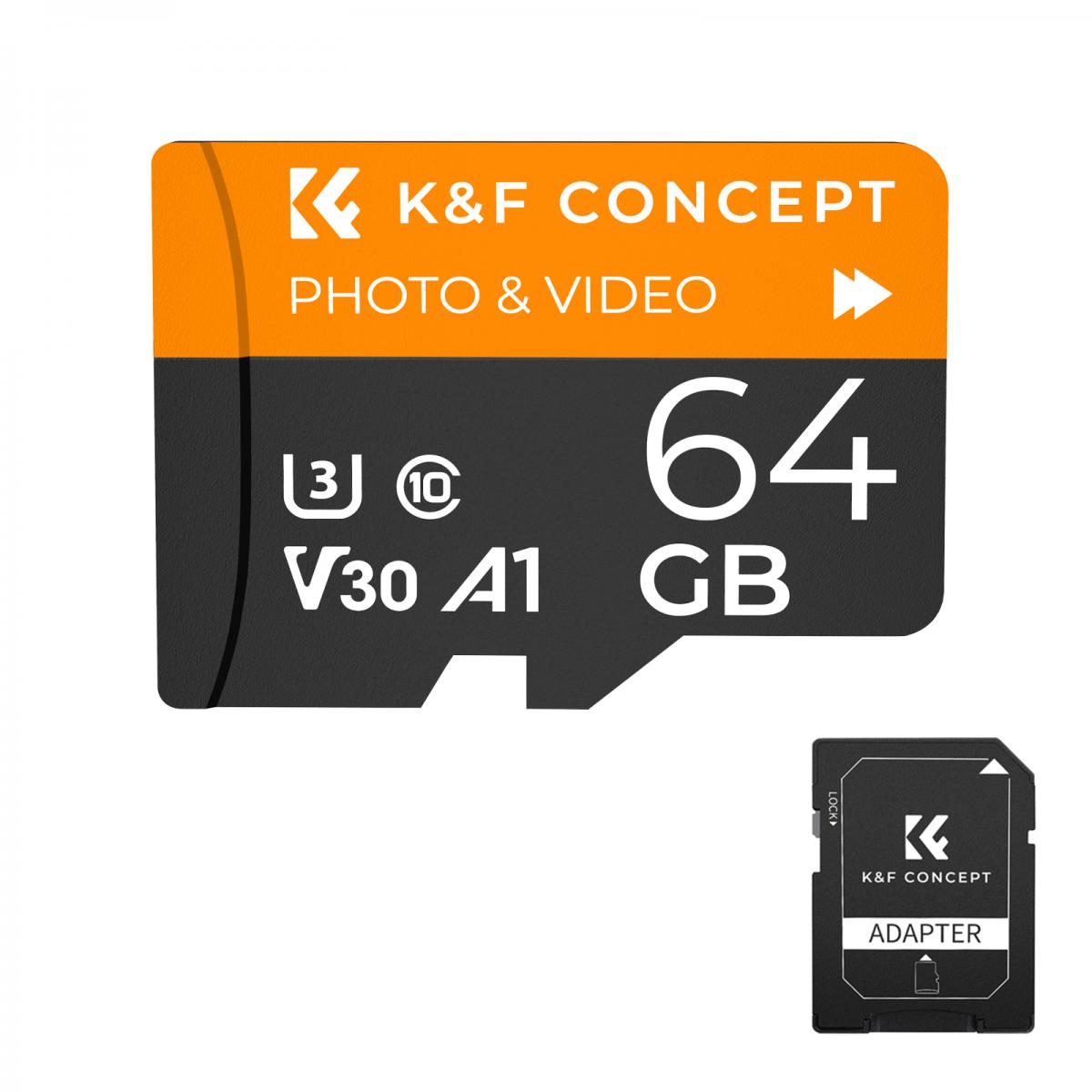
Understanding SD Cards and Their Types
Before diving into the process of switching SD cards, it is essential to understand the types of SD cards available and their respective compatibilities. SD cards come in three main sizes: standard, mini, and micro. The most commonly used size for smartphones is the microSD card. Additionally, there are differences in storage capacity and speed classes, such as SDHC (Secure Digital High Capacity) and SDXC (Secure Digital eXtended Capacity).
Preliminary Steps: Backing Up Data

Before you remove the SD card from your current phone, it's critical to back up all the data stored on it to prevent any loss of important files. You can perform a backup in several ways:
1. Internal Storage Backup: Transfer all essential files from the SD card to the internal storage of your phone.
2. Cloud Storage Backup: Use cloud services like Google Drive, Dropbox, or OneDrive to back up your files.
3. External Backup: Connect your phone to a computer and copy the files from the SD card to the computer.
Removing the SD Card from Your Current Phone
To safely remove the SD card from your phone, follow these steps:
1. Eject the SD Card: Go to your phone's settings, navigate to 'Storage' or 'SD Card,' and select the option to unmount or eject the SD card. This step ensures that no files are being written to the card while it's being removed.
2. Power Off the Phone: Turn off your phone to prevent any damage to the SD card or data corruption.
3. Remove the SD Card: Open the SD card slot (often found on the side of the phone or under the back cover near the battery). Gently pull out the SD card.
Inserting the SD Card into Your New Phone
Once you've safely removed the SD card from the old phone, the next step is to insert it into the new phone:
1. Power Off the New Phone: As a precaution, turn off the new phone before inserting the SD card.
2. Access the SD Card Slot: Locate the SD card slot on the new phone. This could be on the side of the phone or beneath the back cover. If the phone uses a SIM card tray for the SD card, use the ejection pin to open it.
3. Insert the SD Card: Place the SD card into the slot, making sure it is properly aligned. Once inserted, close the slot securely.
4. Power On the Phone: Turn on your new phone. The device should automatically recognize the SD card and may prompt you to configure it.
Configuring the SD Card on Your New Phone
After inserting the SD card, you may need to configure it to ensure it's ready for use. Here are the steps for configuring the SD card on most Android phones:
1. Notification Prompt: You may receive a notification asking what you want to do with the SD card. Choose to set it up as a portable storage or internal storage based on your preferences.
2. Format the SD Card (If Needed): If the new phone doesn't recognize the SD card or if you're starting fresh, you may need to format it. Go to 'Settings' > 'Storage' > 'Format SD Card'. Be cautious as formatting will erase all data on the card, so ensure you’ve backed up everything necessary.
3. Transfer Data: If you backed up your data earlier, you could now transfer it back to the SD card or the internal storage of your new phone.
Handling Issues and Troubleshooting
While switching SD cards between phones is generally smooth, you might encounter some issues. Here are some common problems and their solutions:
1. SD Card Not Recognized: Ensure that the SD card is properly inserted. If the card is still not recognized, try inserting it into another device to check if it’s functioning. Formatting the card might also help.
2. Data Missing: If data is missing, check if you have backed up everything correctly. Sometimes, files might be hidden due to compatibility issues. Use a computer to access hidden files.
3. Incompatible File Systems: Different phones might use different file systems (e.g., FAT32, exFAT). Formatting the SD card to the appropriate file system on the new phone may resolve compatibility issues.
Important Considerations and Tips
1. Compatibility: Always check the compatibility of your SD card with the new phone. Memory capacity and speed class are crucial factors.
2. Data Integrity: Regularly back up your SD card data to avoid accidental loss during transfers and formatting processes.
3. Quality SD Cards: Invest in a high-quality SD card from reputable brands like Sandisk, Samsung, or Kingston for better performance and longevity.
Switching SD cards between phones doesn't have to be a daunting task. With proper preparation and careful execution, you can ensure a smooth transition of your data from one device to another. Always remember to back up your data, handle the hardware carefully, and configure the SD card appropriately on the new device. By following this guide, you can make the process hassle-free and protect your valuable data during the transition.


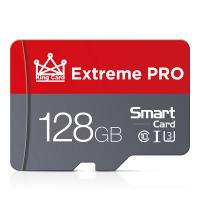
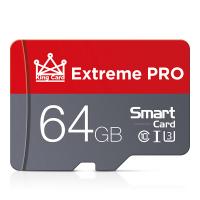
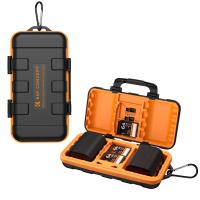



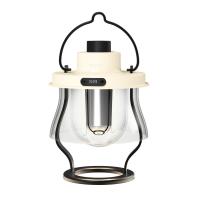
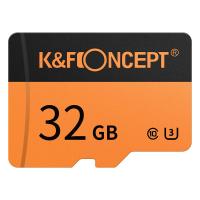
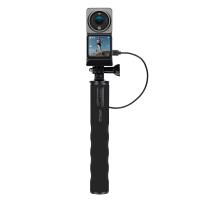
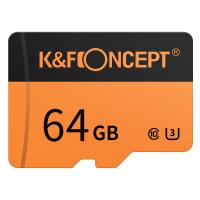


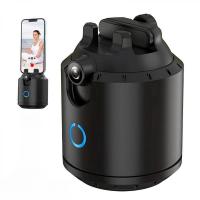

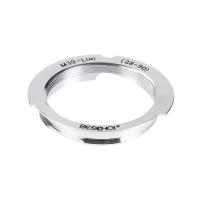

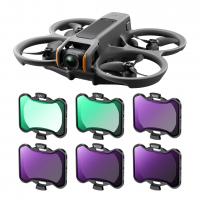








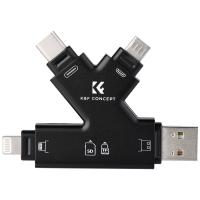










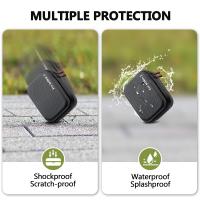
There are no comments for this blog.